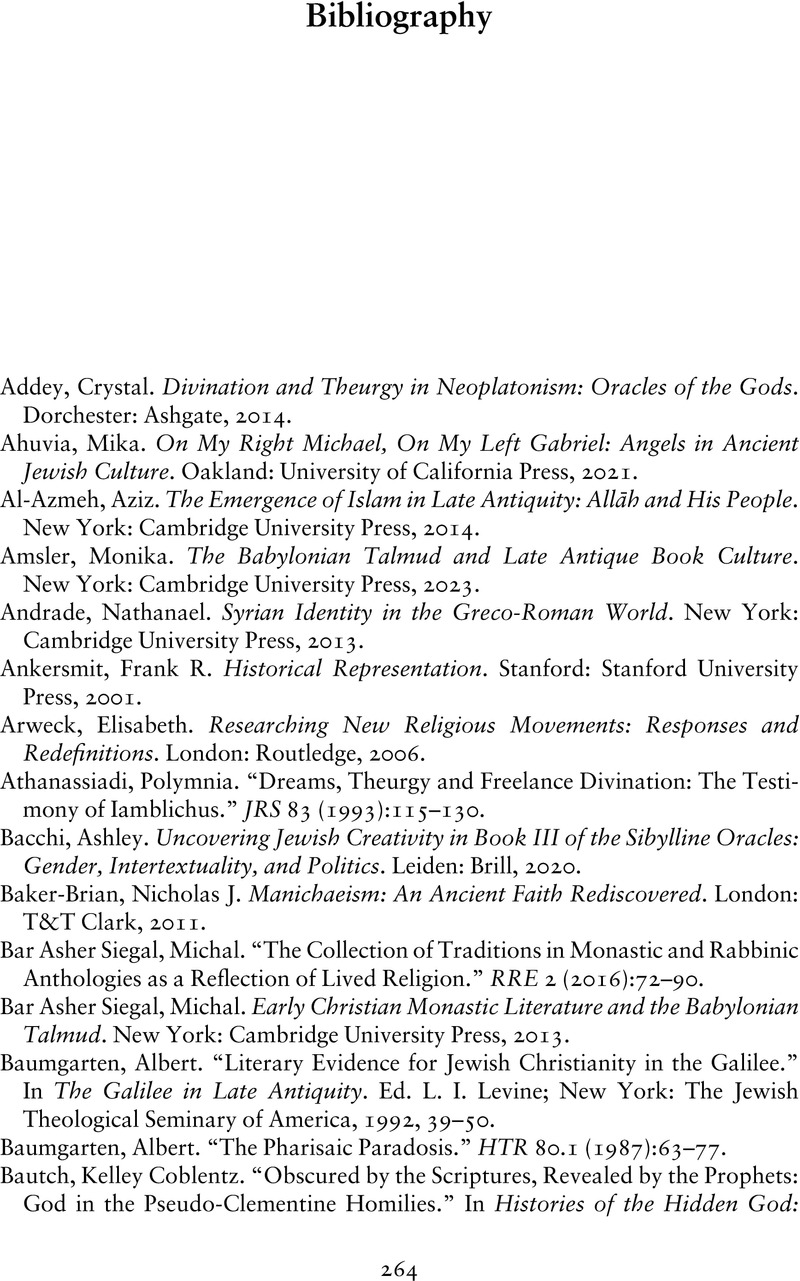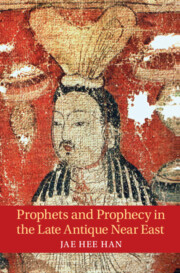Book contents
- Prophets and Prophecy in the Late Antique Near East
- Prophets and Prophecy in the Late Antique Near East
- Copyright page
- Dedication
- Contents
- Acknowledgments
- Introduction
- 1 Inventing Prophethood?
- 2 Contextualizing Manichaean Prophetology in the Syro-Mesopotamian Borderlands
- 3 “Impregnated by the Hands of God”
- 4 Listening to the Prophet
- 5 Toward a New Prognosis
- 6 Angelic Contemplation in the Sar Torah and the Prognostic Turn
- Conclusion
- Bibliography
- Index
- References
Bibliography
Published online by Cambridge University Press: 26 October 2023
- Prophets and Prophecy in the Late Antique Near East
- Prophets and Prophecy in the Late Antique Near East
- Copyright page
- Dedication
- Contents
- Acknowledgments
- Introduction
- 1 Inventing Prophethood?
- 2 Contextualizing Manichaean Prophetology in the Syro-Mesopotamian Borderlands
- 3 “Impregnated by the Hands of God”
- 4 Listening to the Prophet
- 5 Toward a New Prognosis
- 6 Angelic Contemplation in the Sar Torah and the Prognostic Turn
- Conclusion
- Bibliography
- Index
- References
Summary

- Type
- Chapter
- Information
- Prophets and Prophecy in the Late Antique Near East , pp. 264 - 282Publisher: Cambridge University PressPrint publication year: 2023



